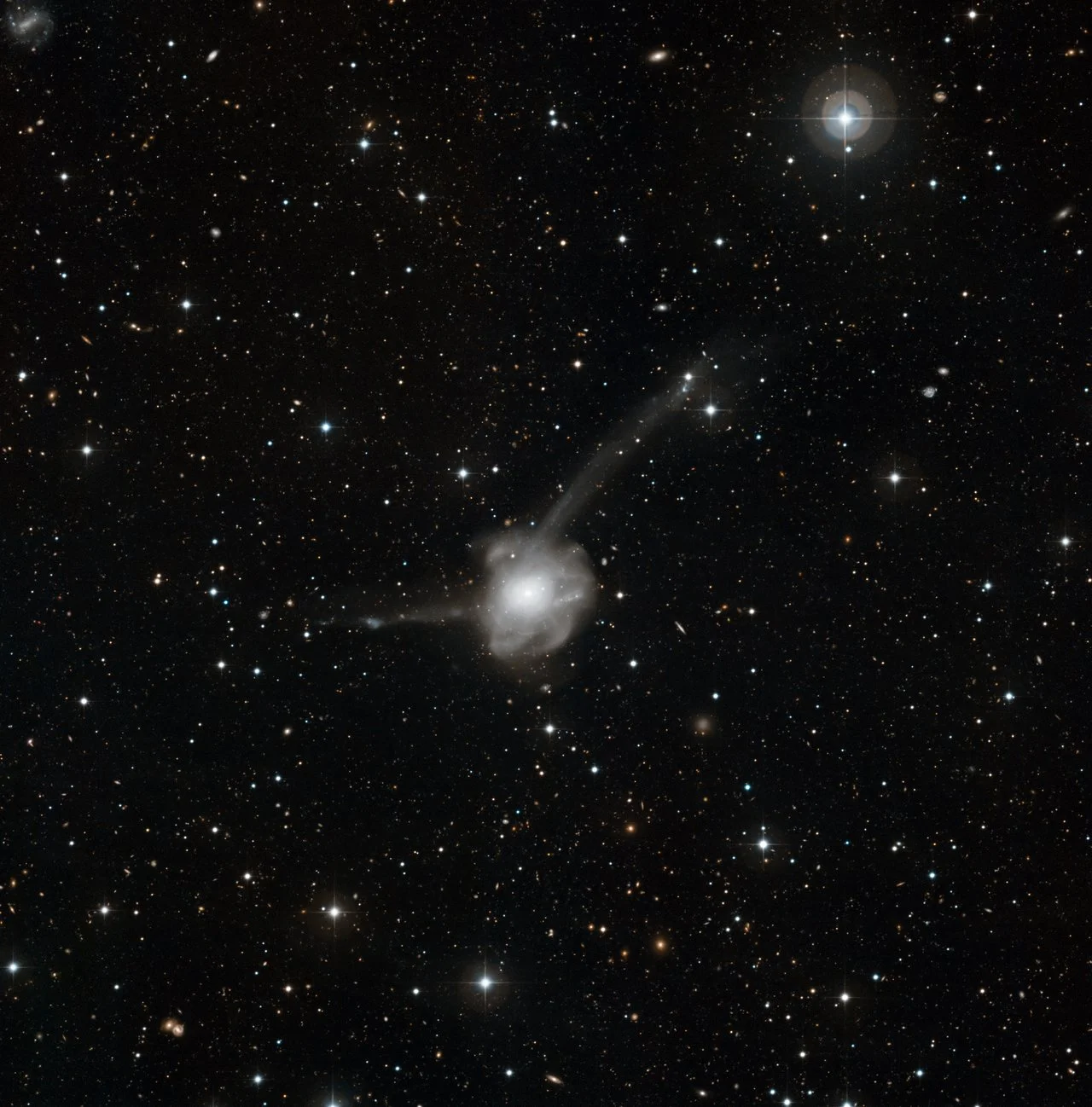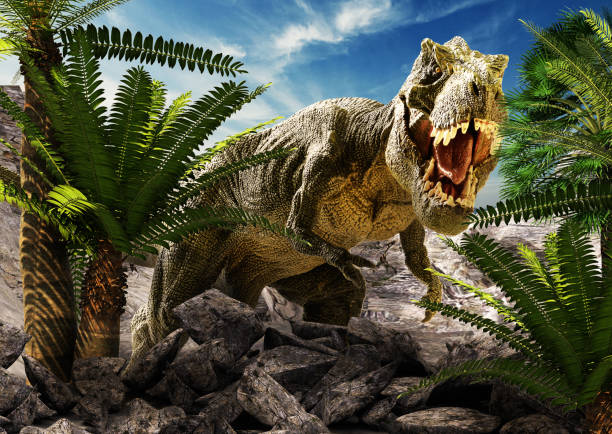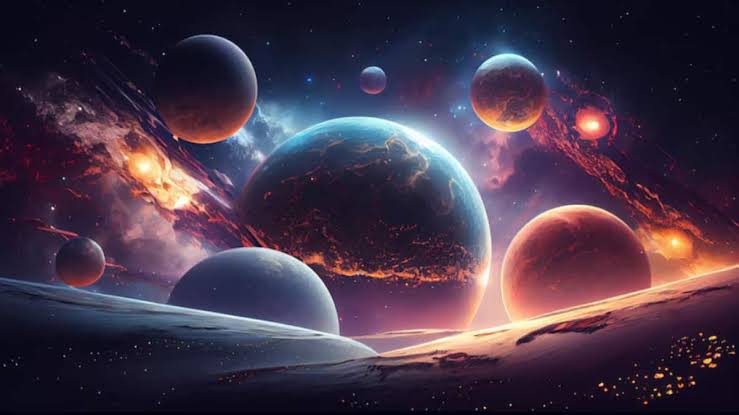The universe is vast. So vast, in fact, that it stretches the limits of our imagination. It contains atoms so small they dance beyond the eye’s reach and galaxies so immense they dwarf everything we know. Yet somehow, the human mind—though made of tiny particles itself—has managed to peer into this expanse, seeking to understand its laws, origins, and architecture.
This journey from atoms to galaxies is more than a scientific pursuit; it’s a deeply human story. It’s the story of how we evolved from stargazers to physicists, how our curiosity transformed fire into rockets, and how we uncovered that the same particles in our hands also burn in the hearts of stars. Welcome to a journey through scale, time, and wonder—a beginner’s guide to understanding the universe.
The Smallest Building Blocks: Atoms and Beyond
Let’s begin at the smallest level—the atom. For centuries, philosophers and scientists speculated about the fundamental components of matter. By the 20th century, science confirmed what ancient thinkers had only imagined: all matter is composed of atoms, and atoms themselves are made of even smaller particles.
An atom consists of a central nucleus, made up of protons and neutrons, surrounded by a cloud of electrons. These electrons don’t orbit like planets; instead, they exist in probabilistic “clouds” governed by the strange laws of quantum mechanics.
The number of protons in an atom’s nucleus defines its element—hydrogen has one, helium has two, and so on up the periodic table. Neutrons help hold the nucleus together, and electrons determine the atom’s chemistry. All the substances we see—rocks, rivers, roses, and people—are combinations of these atoms bonded into molecules.
Yet atoms are not the end of the road. Protons and neutrons are themselves made of quarks, bound by particles called gluons. Electrons, along with quarks and other exotic particles like neutrinos, belong to a family called the Standard Model of particle physics. At this scale, the rules of the universe change—particles can exist in superpositions, tunnel through barriers, and pop in and out of existence.
The quantum world may be counterintuitive, but it’s the foundation of everything. Without quantum mechanics, atoms wouldn’t exist. Without atoms, neither would stars, planets, or life.
The Force Behind It All: Energy, Matter, and the Laws of Physics
Atoms are not isolated. They interact, and their interactions are governed by forces. The universe, in its dazzling complexity, is ruled by four fundamental forces: gravity, electromagnetism, the strong nuclear force, and the weak nuclear force.
Electromagnetism governs the attraction and repulsion between charged particles. It’s responsible for light, electricity, and the chemistry of life. The strong force holds protons and neutrons together inside the nucleus. The weak force is involved in radioactive decay and the fusion that powers stars. And gravity—though the weakest of the four—is the architect of the cosmos on large scales, shaping planets, stars, galaxies, and the universe itself.
Energy and matter are also deeply connected. Einstein’s famous equation, E=mc², tells us that mass can become energy, and energy can condense into mass. This relationship powers nuclear reactions in stars and tells us that even a speck of matter contains enormous energy.
Together, particles, forces, energy, and laws create a cosmic blueprint. But where did all this come from?
The Origin of Everything: The Big Bang
About 13.8 billion years ago, the universe began in a singular event known as the Big Bang. It was not an explosion in space; it was an expansion of space itself. At that moment, all of the energy and matter that would ever exist was compressed into an unimaginably hot, dense point.
In the first moments after the Big Bang, the universe was a seething soup of particles and radiation. Quarks combined into protons and neutrons, which formed the nuclei of simple atoms like hydrogen and helium. As the universe expanded and cooled, electrons joined these nuclei to create neutral atoms.
With the formation of atoms, light could finally travel freely, giving rise to what we call the cosmic microwave background—an afterglow of the Big Bang that still permeates space today.
Over billions of years, tiny variations in the density of matter led to the formation of galaxies, stars, and planets. From that chaotic beginning, order emerged—not perfectly, not uniformly, but beautifully. The universe had structure.
The Birth of Stars: Cosmic Furnaces
With gravity pulling matter together, the universe’s first stars ignited. These stars were vastly different from our Sun—larger, hotter, and shorter-lived. They forged heavier elements like carbon, oxygen, and iron through nuclear fusion.
Fusion is the process by which lighter nuclei combine to form heavier ones, releasing energy. This process powers every star and makes life possible. Inside the cores of stars, hydrogen atoms fuse into helium. As stars age, they create even heavier elements, building the chemical richness needed for planets and organisms.
When massive stars exhaust their fuel, they explode in supernovae—brilliant, catastrophic blasts that scatter elements across space. These explosions are responsible for the gold in your jewelry, the calcium in your bones, and the iron in your blood.
Stars are not just points of light—they are alchemical forges, cosmic engines transforming the raw materials of the universe into the ingredients of life.
Galaxies: Cities of Stars
Stars are not solitary travelers. They gather by the billions into galaxies—vast cosmic cities shaped by gravity. Our own galaxy, the Milky Way, contains over 100 billion stars, including our Sun. It’s a spiral galaxy, its arms swirling like a cosmic pinwheel.
Galaxies come in many forms—spirals, ellipticals, irregular blobs—each telling a story of formation, collisions, and evolution. Galaxies are not static; they interact and merge. In fact, the Milky Way is on a slow-motion collision course with the neighboring Andromeda Galaxy, and in about 4 billion years, they will blend into a new, larger galaxy.
At the centers of most galaxies lurk supermassive black holes—objects so dense that not even light can escape their grasp. These black holes, millions to billions of times the mass of the Sun, can shape the fate of their galaxies, regulating star formation and spewing energetic jets across space.
Galaxies are also the scaffolding of the universe, assembling into clusters and superclusters. These colossal structures form a web-like pattern called the cosmic web, the grandest structure ever observed.
The Solar System: Our Corner of the Universe
Within the Milky Way, one star among billions—our Sun—gave rise to a family of planets. Around 4.6 billion years ago, a cloud of gas and dust collapsed under gravity, spinning into a disk. At its center, the Sun formed; around it, planets coalesced.
Our solar system includes the rocky inner planets (Mercury, Venus, Earth, Mars), the gas giants (Jupiter and Saturn), the icy giants (Uranus and Neptune), and a host of moons, comets, and asteroids. Earth, with its liquid water and protective atmosphere, became a cradle for life.
The Moon, Earth’s only natural satellite, stabilized our planet’s tilt and helped moderate its climate. Jupiter’s immense gravity shielded Earth from excessive asteroid impacts, while Saturn’s rings continue to fascinate scientists and dreamers alike.
Each planet has its own character. Mars once had rivers and may still harbor microbial life. Europa, a moon of Jupiter, has a subsurface ocean. Titan has lakes of liquid methane. These distant worlds may hold clues to life’s potential beyond Earth.
Life: A Cosmic Anomaly?
Of all the atoms, stars, and galaxies in the universe, life remains one of its greatest mysteries. How did inert matter begin to think, feel, and dream? We don’t yet have a complete answer, but we know that life on Earth is built from carbon, water, and energy—elements forged in stars and shaped by billions of years of evolution.
The simplest life forms, single-celled organisms, appeared on Earth over 3.5 billion years ago. From them evolved a staggering variety of life—plants, fungi, animals, and eventually humans. Our DNA, like a cosmic library, records this evolutionary journey in every cell.
Life, it seems, needs specific conditions: liquid water, a stable climate, and a hospitable chemistry. These conditions may exist elsewhere in the universe. Thousands of exoplanets have been discovered orbiting distant stars. Some of these worlds may resemble Earth, offering a tantalizing hope that we are not alone.
Yet despite its fragility, life has proven incredibly resilient. It thrives in deep oceans, frozen tundras, boiling geysers, and radioactive waste. If life could emerge on Earth, it could emerge elsewhere, too.
The Expansion of the Universe: A Journey with No Center
One of the most surprising discoveries of modern astronomy is that the universe is expanding. Not only are galaxies moving away from each other, but the space between them is stretching. This expansion, discovered by Edwin Hubble in the 1920s, provided strong evidence for the Big Bang.
Even more astonishing is that the expansion is accelerating. Something unseen—dubbed dark energy—is pushing galaxies apart faster and faster. Dark energy, which makes up about 70% of the universe, is one of the biggest mysteries in science. Its nature is unknown, yet its effects are observable across cosmic distances.
This raises profound questions: Will the universe expand forever? Will it tear itself apart in a “Big Rip”? Or will it slow down and collapse in a “Big Crunch”? Current data suggest eternal expansion, but the universe is still young, cosmically speaking. Much remains to be discovered.
Human Understanding: Science as a Telescope for the Mind
How have we come to know so much about the universe? Through science—a method of inquiry that builds models, tests predictions, and refines understanding. From Galileo’s first telescopes to the James Webb Space Telescope, humanity has used tools to expand its senses.
Mathematics, too, is a powerful language of the cosmos. Equations can describe the motion of planets, the fusion of stars, and even the quantum behavior of particles. Science is not just a body of facts; it is a journey of discovery, a way of asking, “What is out there, and how do we know?”
Even with our growing knowledge, the universe remains filled with mystery. What is dark matter, the invisible mass holding galaxies together? Are there other universes beyond our own? What happens inside a black hole?
The more we learn, the more we realize how much we don’t know. And that, perhaps, is the universe’s greatest gift—it keeps us wondering.
Conclusion: Stardust Thinking About Stars
From the smallest atoms to the largest galaxies, the universe is a tapestry of connected parts. Everything we see and everything we are has emerged from cosmic evolution. We are not separate from the universe—we are part of it, made of its particles, shaped by its forces, animated by its energy.
Carl Sagan once said, “We are a way for the cosmos to know itself.” In our curiosity, our science, and our stories, we fulfill that role. We gaze at the night sky not just with eyes, but with minds forged in stardust.
Understanding the universe is not just about equations and telescopes. It’s about perspective. It’s about realizing that every person, planet, and photon is part of a shared cosmic history. It’s about seeing ourselves in the stars and feeling, even for a moment, the grandeur of it all.
The journey from atoms to galaxies is far from over. With each new discovery, we take another step in a quest as old as humanity itself—a quest to know where we came from, what we are, and where we might be going.






